
Vente directe d'usine largeur de travail 30cm 5.5hp sol sautant tampon compacteur vibrant bourrage pilon

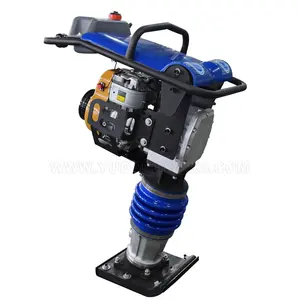
Pilon de bourrage puissant alimenté par un moteur Robin d'origine EY20 Pilon de bourrage à essence pour les travaux de construction


Vibromasseur à percussion à main de haute qualité pilon de bourrage de sol compacteur électrique HCD 90 pilon de bourrage

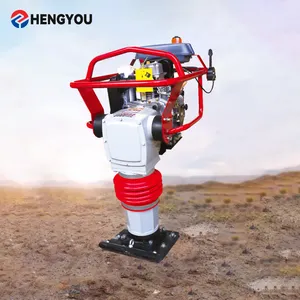
Honda Gx160 wacker cric à sauter pilon compacteur pilon compacteur compacteur à main compacteur bourrage pilon









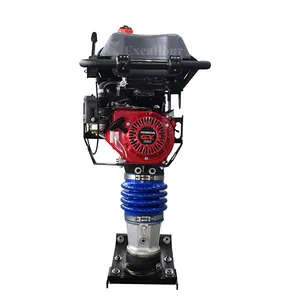



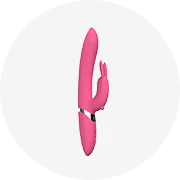
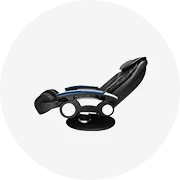
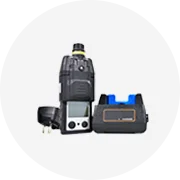









 浙公网安备 33010002000092号
浙公网安备 33010002000092号 浙B2-20120091-4
浙B2-20120091-4